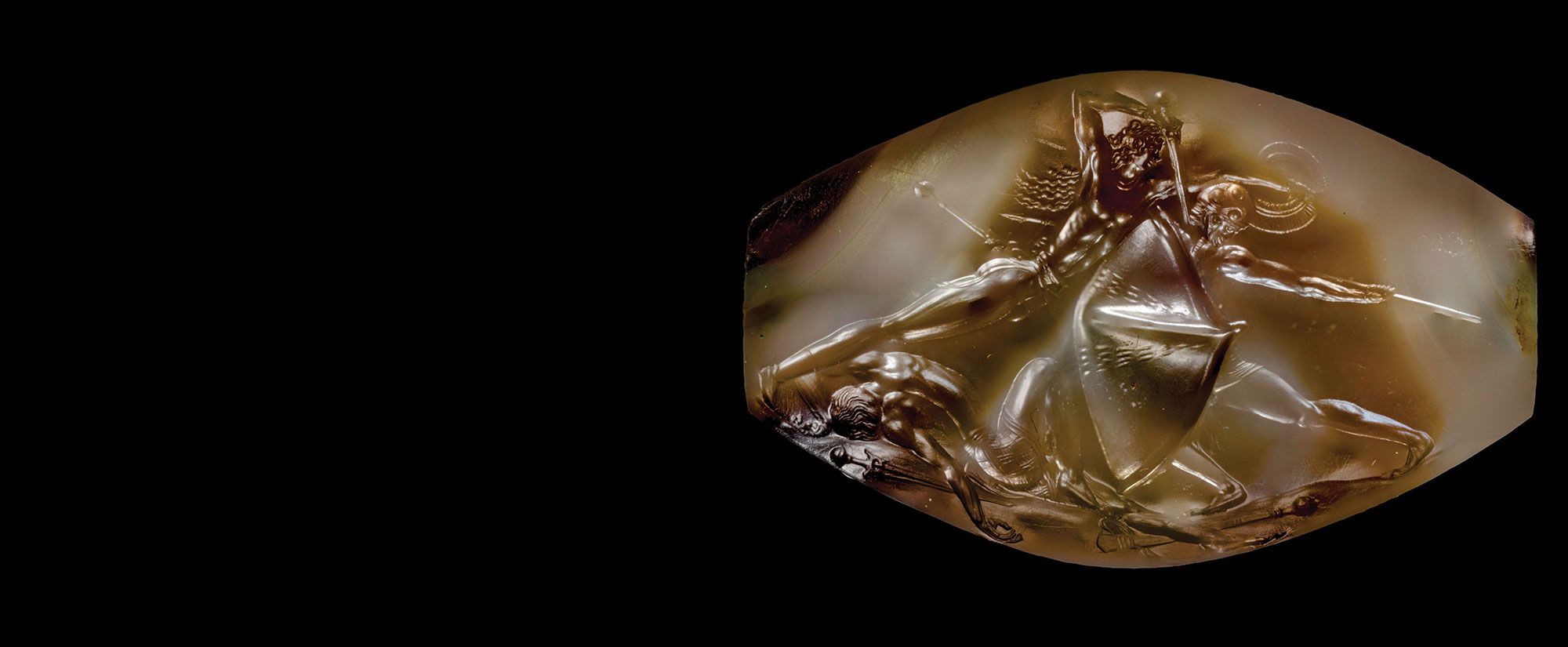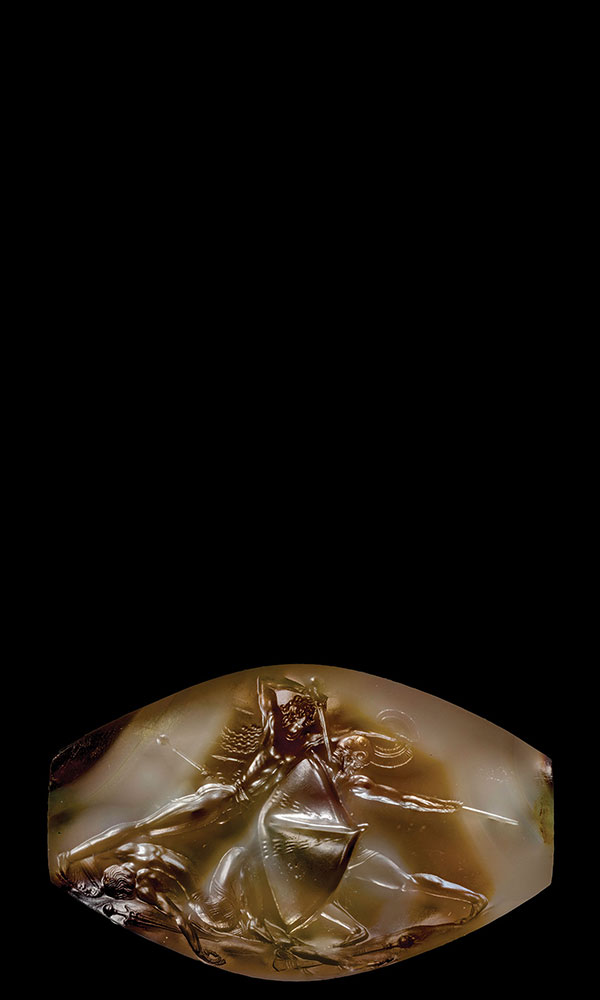SEATTLE, WASHINGTON—Evan Eichler of the University of Washington and his colleagues have identified two large pieces of ancient hominin DNA in people now living in Melanesia, according to a New Scientist report. All modern humans have 23 pairs of chromosomes made up of tightly coiled DNA containing many genes. The first section of ancient DNA found in modern Melanesians came from Denisovans, and consists of two duplicated sections on chromosome 16. In a duplication, the original gene is kept, while the duplicate may change. “A duplication is a type of mutation that lets you have your cake and eat it too,” Eichler explained. The second section, inherited from Neanderthals, consists of a deletion and a duplication on chromosome eight. Both of these chromosome changes seem to have been advantageous to modern humans, Eichler added, because they became more common in Melanesians over time. The genes may have helped modern humans adapt to different climates, foods, and diseases as they migrated. “I think the biggest challenge is proving the function,” he said. For more on research comparing hominin and modern human genomes, go to "Living Evidence."
Large Sections of Archaic DNA Identified in Modern Melanesians
News October 17, 2019
Recommended Articles
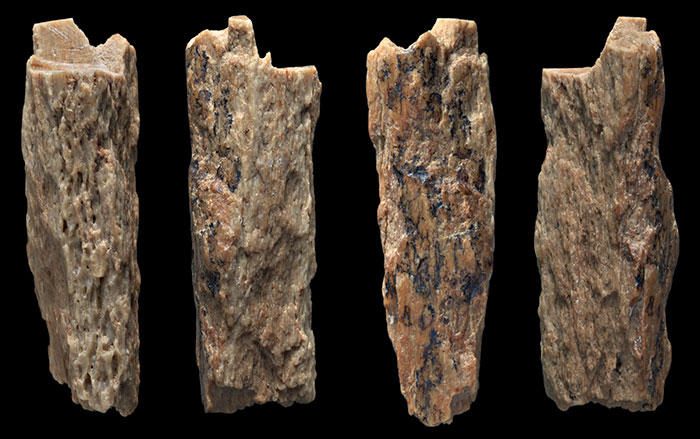
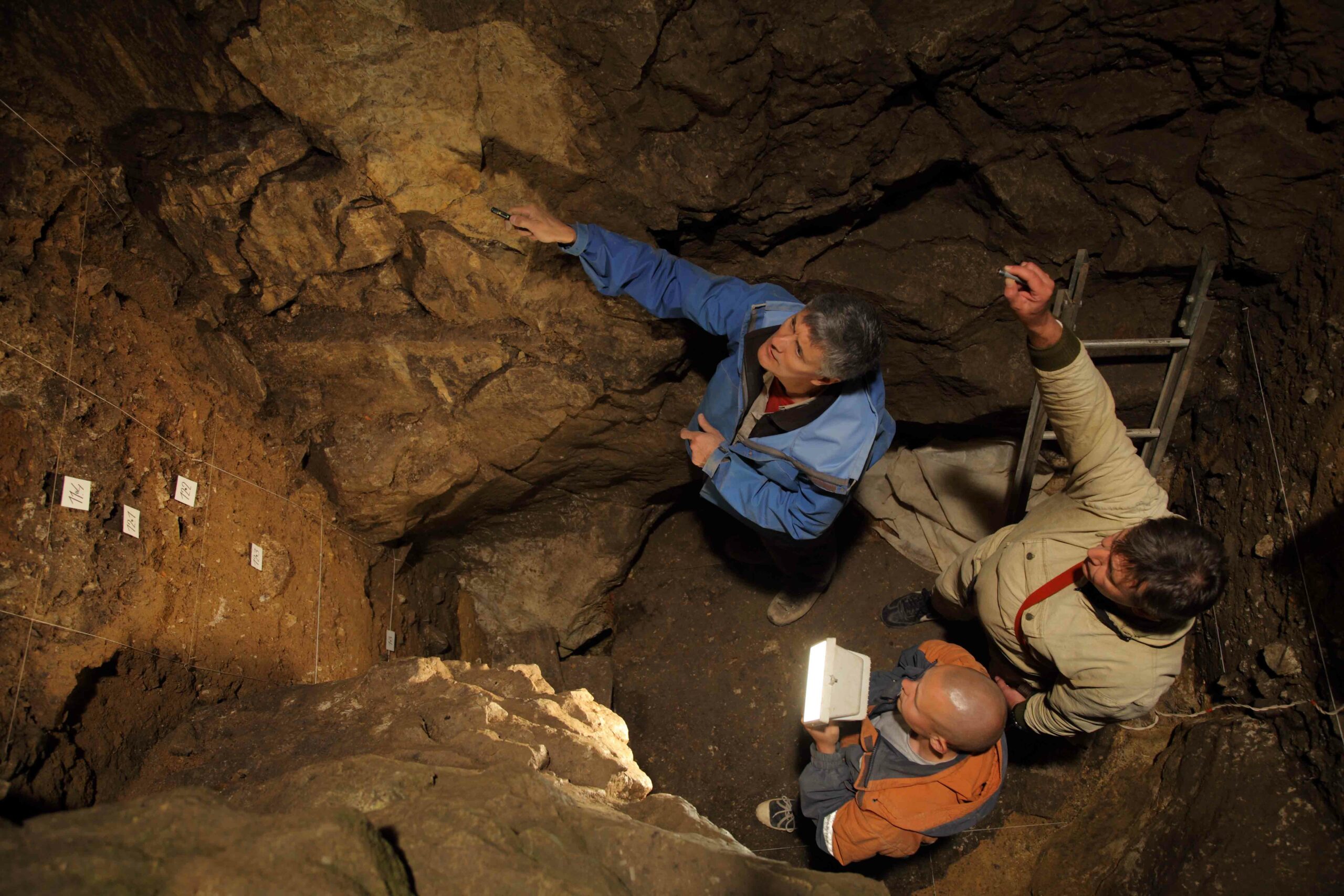
Top 10 Discoveries of the Decade January/February 2021
Neanderthal Genome
Vindija Cave, Croatia, 2010
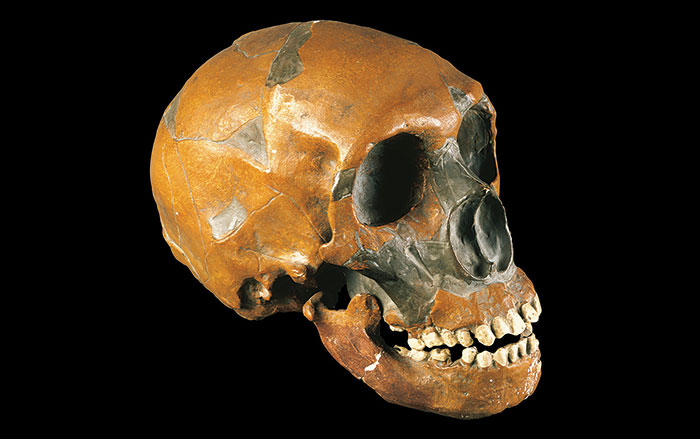
Digs & Discoveries November/December 2020
Painful Past
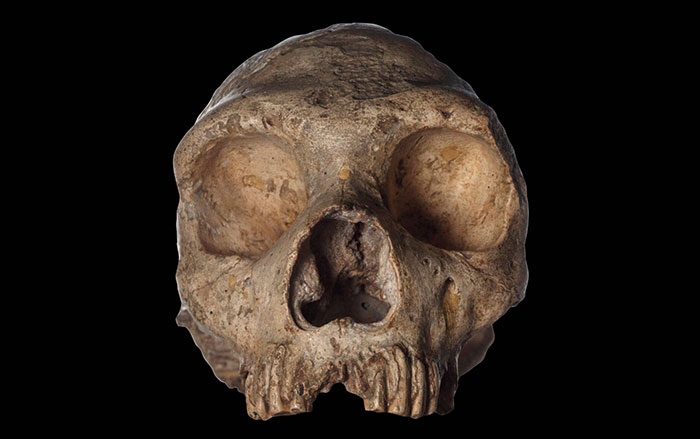
-
Features September/October 2019
Minaret in the Mountains
Excavations near a 12th-century tower reveal the summer capital of a forgotten Islamic empire
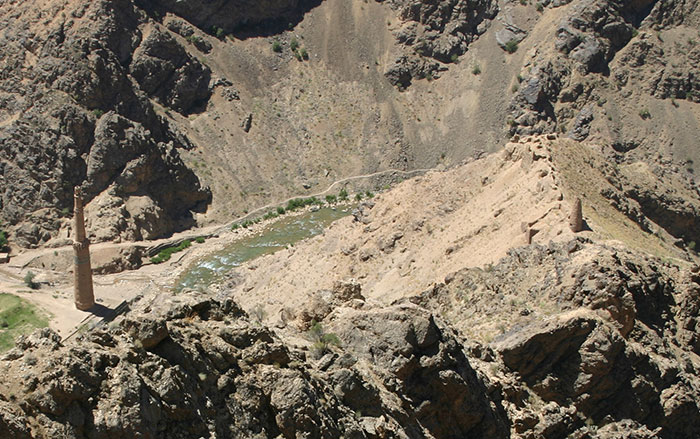 (Courtesy Minaret of Jam Archaeological Project)
(Courtesy Minaret of Jam Archaeological Project) -
Letter from Lake George September/October 2019
Exploring the Great Warpath
Evidence from forts, hospitals, and taverns in upstate New York is illuminating the lives of thousands of British soldiers during the French and Indian War
 (Jerry Trudell the Skys the Limit/Getty Images)
(Jerry Trudell the Skys the Limit/Getty Images) -
Artifacts September/October 2019
Roman Coin
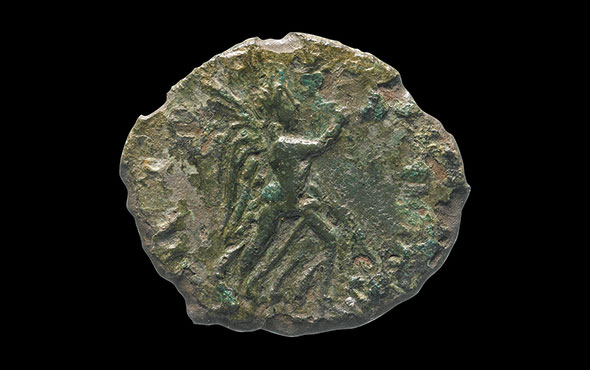 (Courtesy MOLA Headland)
(Courtesy MOLA Headland) -
Digs & Discoveries September/October 2019
The Case for Clotilda
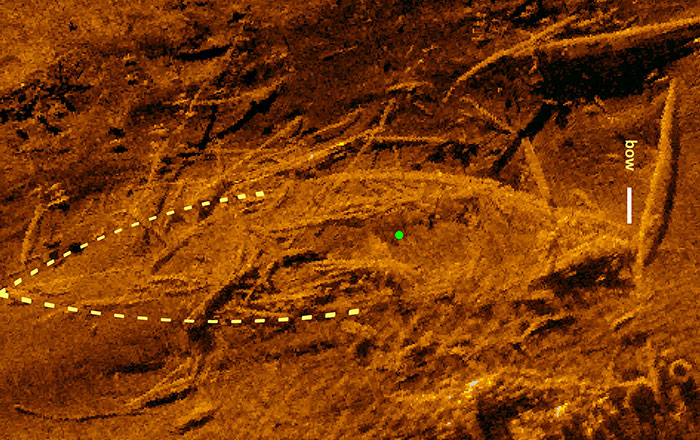 (Courtesy SEARCH inc)
(Courtesy SEARCH inc)


